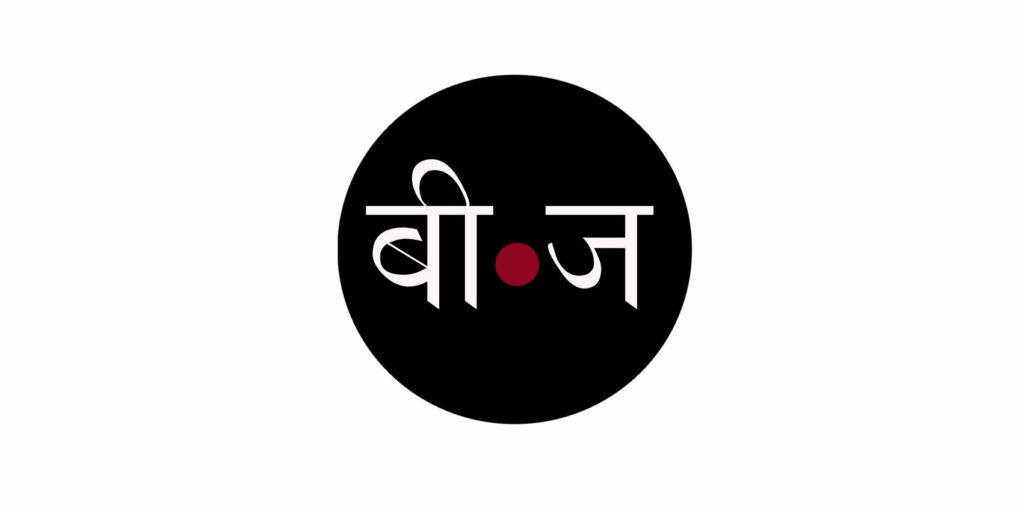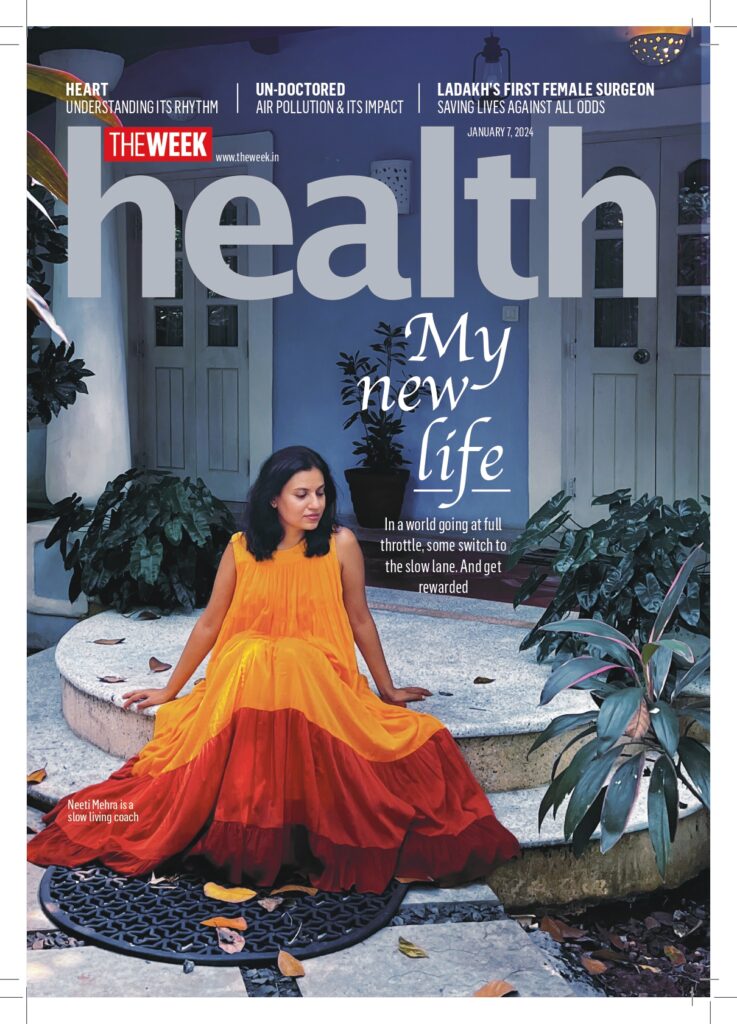Redefining Indian Beauty: The Bold New Era of Inclusivity and Individuality
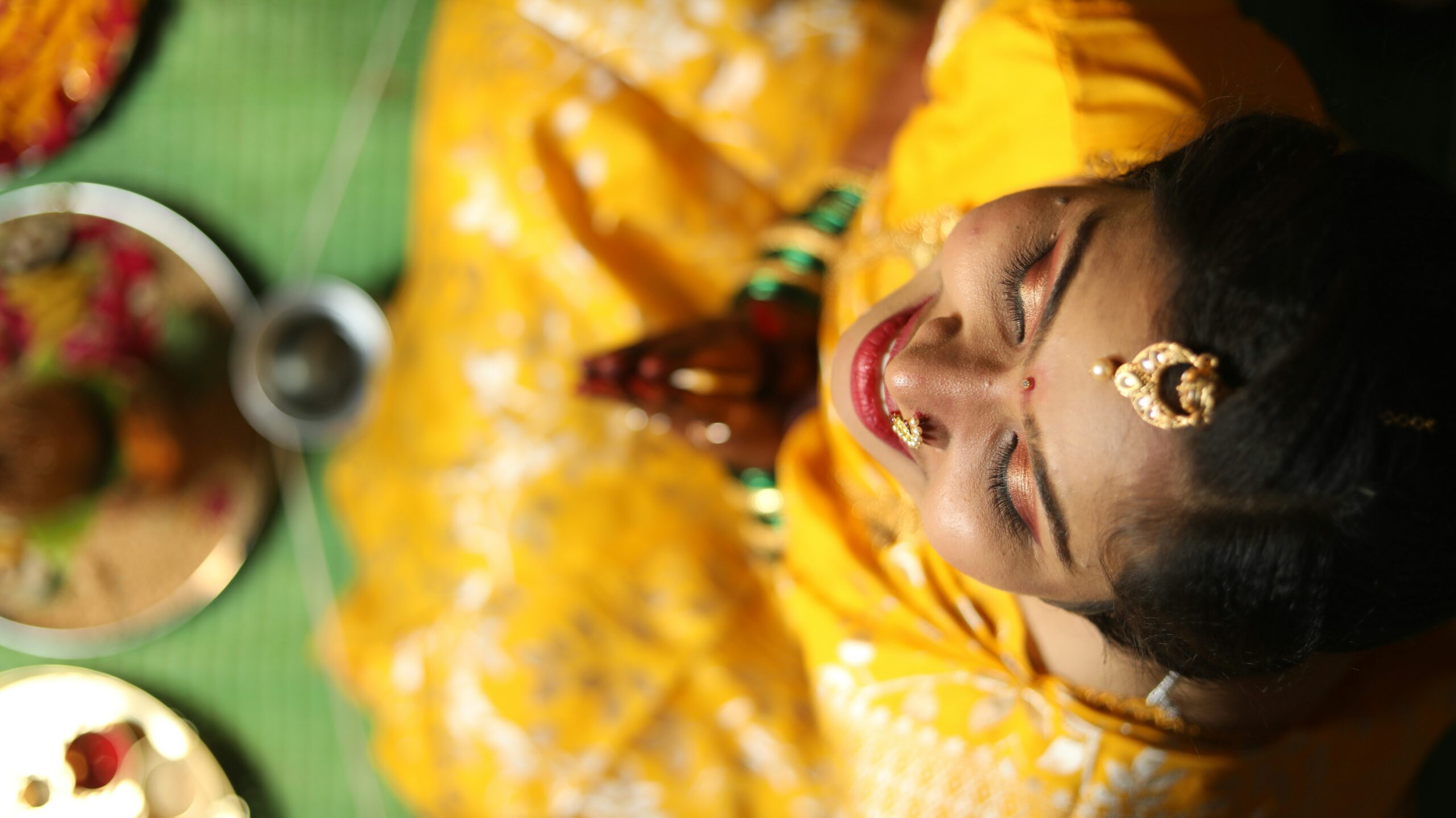
Contemporary narratives are challenging narrow Indian beauty ideals. We celebrate the myriad shades of Indian skin, body types, and expressions of identity.
Rich and luminous Deccani miniature paintings in Hyderabad’s Salar Jung Museum depict women as sensuous beings with fair complexions, wide open eyes, prominent features, narrow waists and curved figures. One miniature of a royal princess is bedecked in jewellery, hands stained in mahawar (alta). An atypical example of what was considered beautiful at the time.
Over the centuries, the concept of Indian beauty has evolved. It has shifted away from rigid standards. Beauty is a dynamic reflection of society’s evolution and a resurgence of pride in our glorious traditions. Authenticity and self-acceptance take centre stage.
We have invited leading beauty insiders of India to share how they found their own place within the broader spectrum of what it means to be beautiful.
Esha Tiwari, Founder, Kastoor
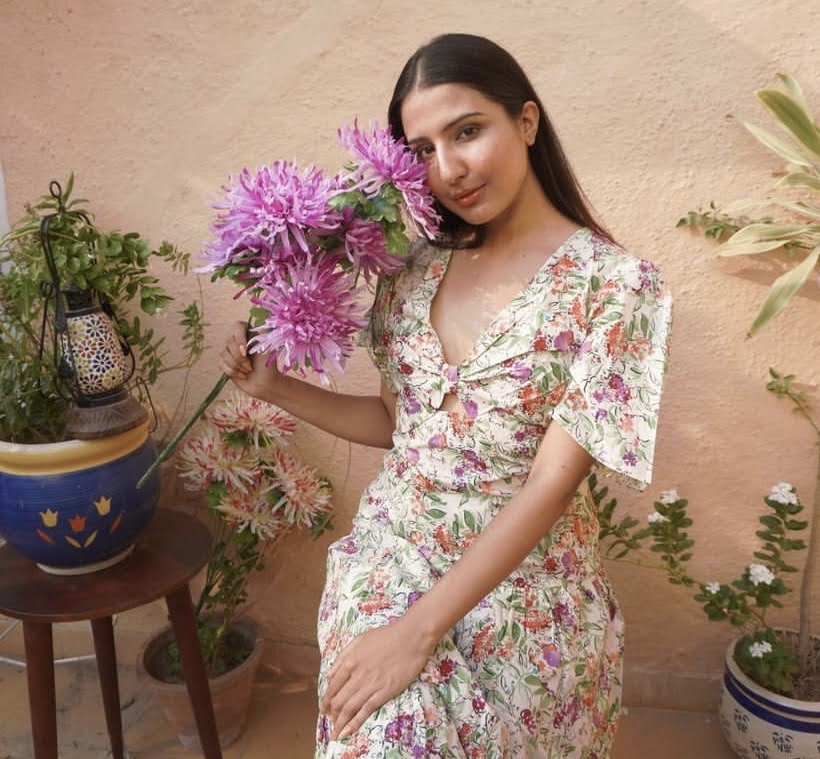
India is living in an age of past forward. We are looking back to where we come from as a nation, to ring in a new era of Modern India.
More and more cultural nuances, be it in beauty, skin care, wellness or perfumery, are being accepted and celebrated by newer generations. They’re being modified according to contemporary sensibilities, while keeping traditional elements intact. For instance, home-grown brands are catering to a larger spectrum of Indian skin tones.
Traditional perfumery too embraces past forward in India. India has been at the genesis of global perfumery and still people are unaware of it. The nation is home to the only form of perfumery in the world which is cooked on an open fire. Kanauj is the perfume capital in India. Yet, people get surprised when India and perfumery is linked together. At Kastoor, we instil pride in art and storytelling. We follow the traditional method of hydrodistillation to create scents which cater to modern scent sensibilities.
Traditional Indian wellness practices are now globally accepted and applauded as some of the most effective. The gaze has shifted and is shifting from the Western world to India. It’s exciting to witness this!
Dr Madhuri Agarwal, Founder & Medical Director- Yavana Aesthetics Clinic
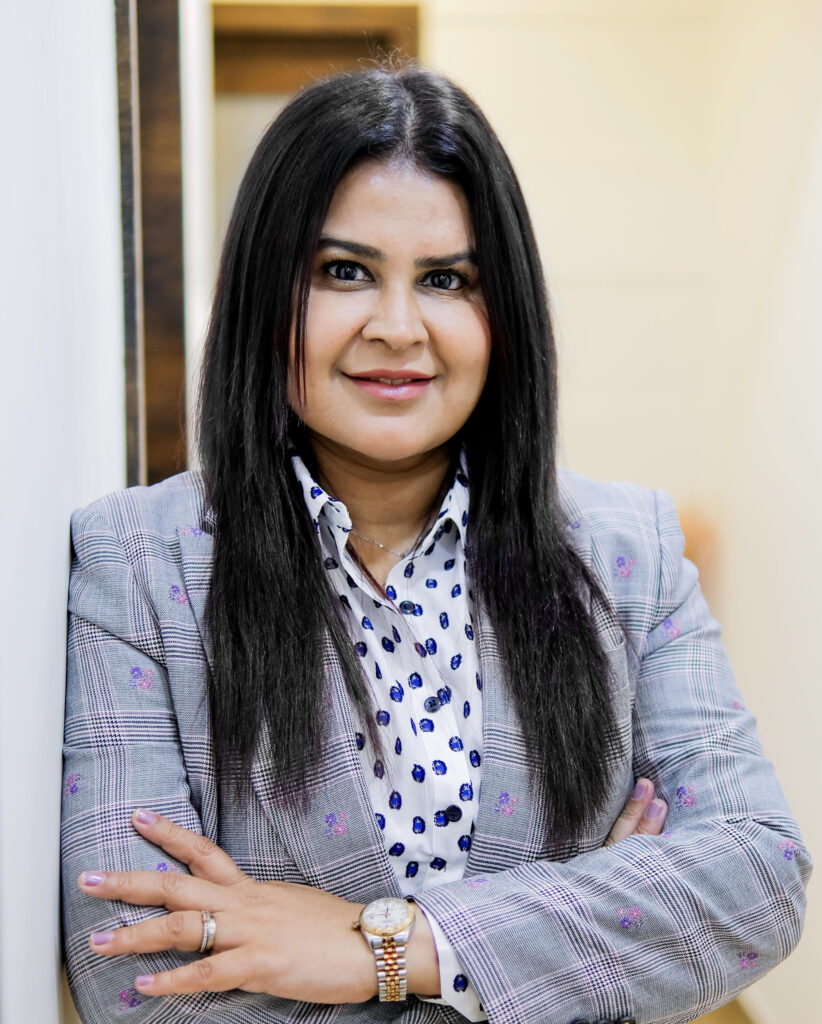
I am glad there is a positive change to embrace the diversity and nuances of our cultural heritage. There is acceptance of darker Indian skin tones and natural skin colours. There are conversations about body positivity and the inclusion of all body types, shapes and sizes. Social media and digital marketing are more forthcoming about our cultural variations. Influencers and relevant authorities are sparking candid conversations. Globally there is recognition of our cultural diversity.
The most persistent challenge is the obsession for fairness that is deep rooted in our population. The absolute belief in society that beauty equates to fairness is often a herculean obstacle for dermatologists.
It is frustrating that despite the known hazards of fairness products (mercury and steroids that can have lethal repercussions), people still purchase these unapproved products from unlicensed sources.
The change starts with stakeholders such as policymakers and authorities endorsing laws and regulations that penalise fairness product. All products claiming fairness should be scrutinised and approved by authorities. We need to hold accountable individuals in various industries, including matrimonial websites, who have a fairness hangover.
Dermatologists have a platform that can be utilised for raising awareness and educating patients. Challenging harmful viral trends and emphasising on how each skin type is beautiful can be a game changer. Dermatologists should encourage local brands that are inclusive of our cultural heritage and prescribe products that is more about healthy skin than fairness.
There should be a larger push for skin care products that cater to melanated skin. Advertisers should showcase textured, pigmented skin as normal in place of airbrushed, fair skin. Most importantly, as a society and individuals, we need to accept and embrace our unique skin tones and educate our future generation to do the same.
Dr Varshini Reddy, Founder, The Glow Clinic
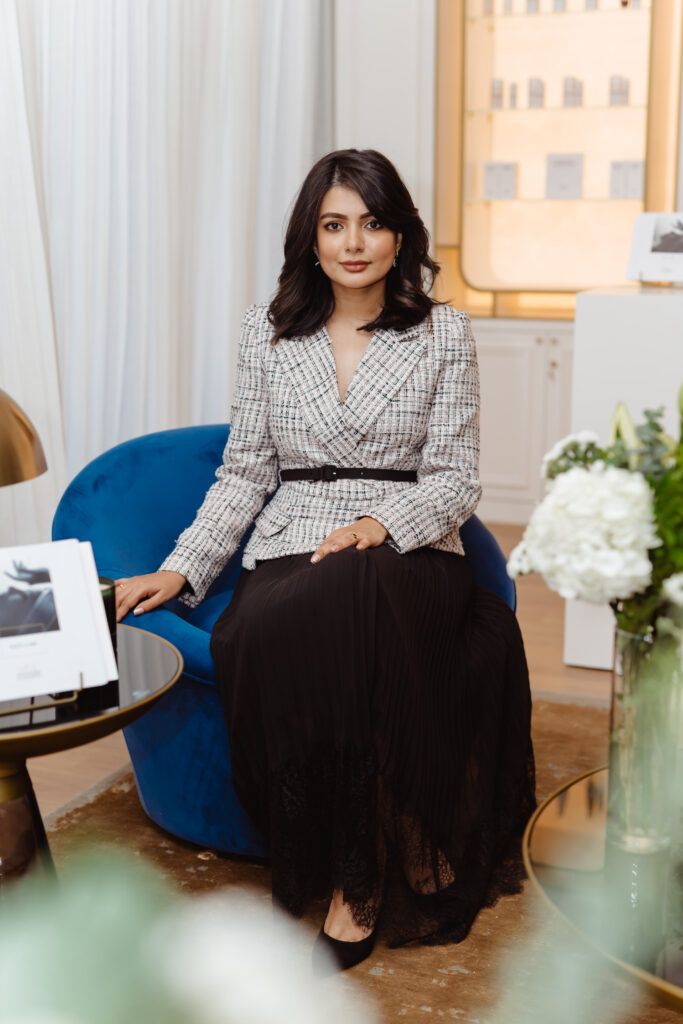
India has always been rich and diverse, with beauty rooted in ancient culture and part of its inherent ecosystem. India has given a lot to the world in terms of our way of living, including yogic practices or Ayurveda. For instance, Ayurvedic texts are sources of knowledge about health, beauty and wellness, linked to nature and natural sources to heal your body, skin and mind.
The world is slowly going back to its roots, following holistic living and incorporating wellness practices. Now we also have science to back this as well as research on ingredients and formulations.
People are looking at non-invasive options in beauty treatments and are also embracing wellness. Beyond skincare, people are looking at their gut and mind. They’re adapting therapies like oxygen, infrared saunas and taking wellness retreats to help them unwind.
Fair skin was never a sign of beauty in our ancient land. Our obsession with fairness started due to western influences and the changing scenario in our society. Indian skin in particular is melanin rich, which helps defend our skin against UV damage. Rather than looking at skin colour, the focus needs to be on making your skin healthier and embracing natural skin tones.
The younger generation needs to approach beauty from not just a cosmetic angle, but as also a part of a healthier lifestyle. Social media, magazines and movies too have a responsibility to give confidence to young women to embrace their beautiful skin tone, rather than get pressured to be someone else. Families and society need to being more kind and accepting of a diverse range of skin tones.
In today’s aesthetic world, you have a choice to change your appearance. But you need to remember there is a fine line, or everyone ends up looking the same after a while. There is beauty in diversity.
Megha Desai Asher, Founder, Juicy Chemistry
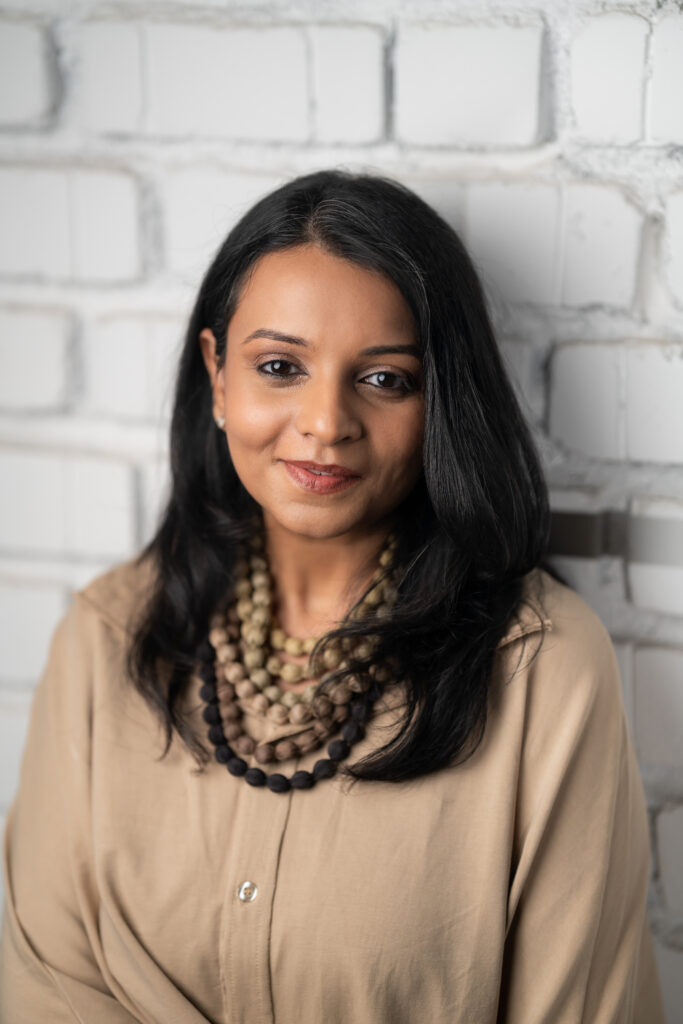
Beauty is no longer confined to a single narrative. Instead, it celebrates individuality through various skin tones, body types, and cultural backgrounds.
Indians are redefining beauty standards by embracing a more inclusive definition of beauty. Even brands are increasingly prioritising natural beauty and holistic wellness, steering away from unrealistic beauty ideals.
At Juicy Chemistry, we emphasise the importance of inner health and wellness. By promoting ingredients and practices rooted in our rich traditions, we honour both our past and our present, allowing consumers to connect with their identity while feeling empowered in their skin. We encourage our consumers to create a self-care routine that focusses on holistic well-being and developing a beautifully balanced relationship with beauty and self-care.
Beauty is a reflection of diversity. We celebrate the beautiful spectrum of skin tones, hair types, and features that are integral to India’s rich heritage. Ultimately, redefining beauty standards requires collective effort. As brands, we must prioritise authenticity in our campaigns by showcasing real skin, hair, and textures. Real diversity leads to more genuine representation in advertisements and marketing, reflecting the true beauty. We must also leverage platforms like social media to not only promote the products but also engage with our audiences on self-acceptance, body positivity, and diversity.
By focusing on authenticity, ensuring diversity within brand teams, and leveraging community voices, we can significantly influence the portrayal of Indian beauty, celebrating every individual for who they are, rather than what societal norms dictate.
Pranauthi Sangisetti Founder –Dab to Fab
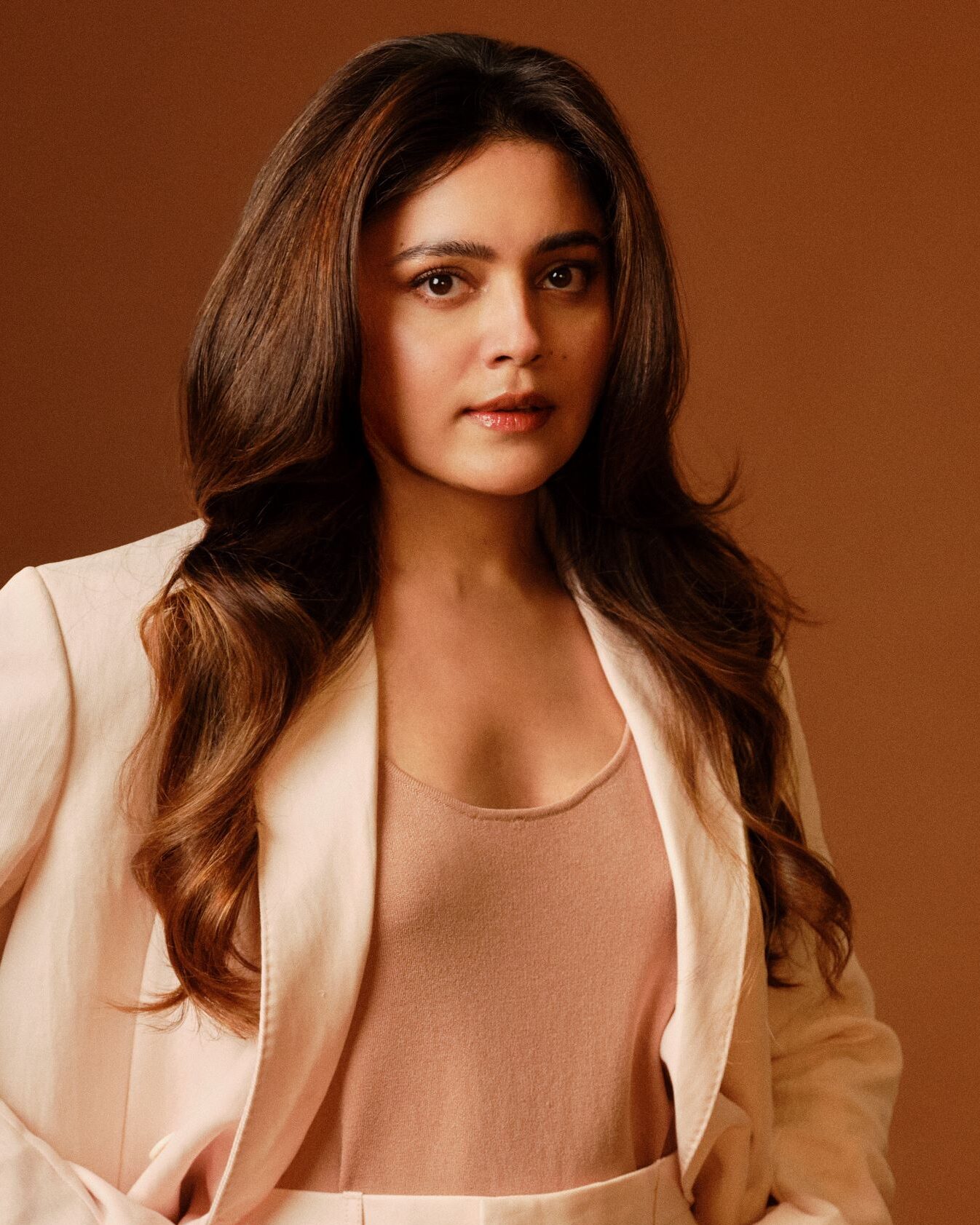
Beauty goes beyond fleeting trends or viral moments—it is about authenticity and self-care that stands the test of time. In today’s world, the holistic approach of integrative medicine, which looks after both the mind and body, has gained prominence. Traditional Indian wellness practices like Ayurveda and Yoga have long been revered for their benefits, and today they are integral in shaping modern beauty ideals.
Taking care of oneself, both internally and externally, is essential for long-term well-being. This means maintaining a balanced diet, sticking to a thoughtful skincare and haircare regime, and valuing health over superficial standards. Through consistent representation of authentic beauty and wellness, the media and brands can encourage individuals to value inner well-being as much as external appearance.
Each individual’s skin has its own unique identity, and every shade is inherently beautiful. True beauty lies in embracing one’s distinctiveness and feeling confident in one’s own skin. Rather than striving for uniformity, we should honour the beauty found in diversity and uniqueness.
After all, it is our differences that make us remarkable.
Indian beauty standards are being reshaped to reflect the diversity of our cultural heritage. Brands are increasingly embracing inclusivity by creating campaigns that celebrate all skin tones, moving away from the traditional bias toward fair skin. This shift underscores the idea that beauty transcends colour and is found in all shades.
Neeti Mehra, Founder, BeejLiving
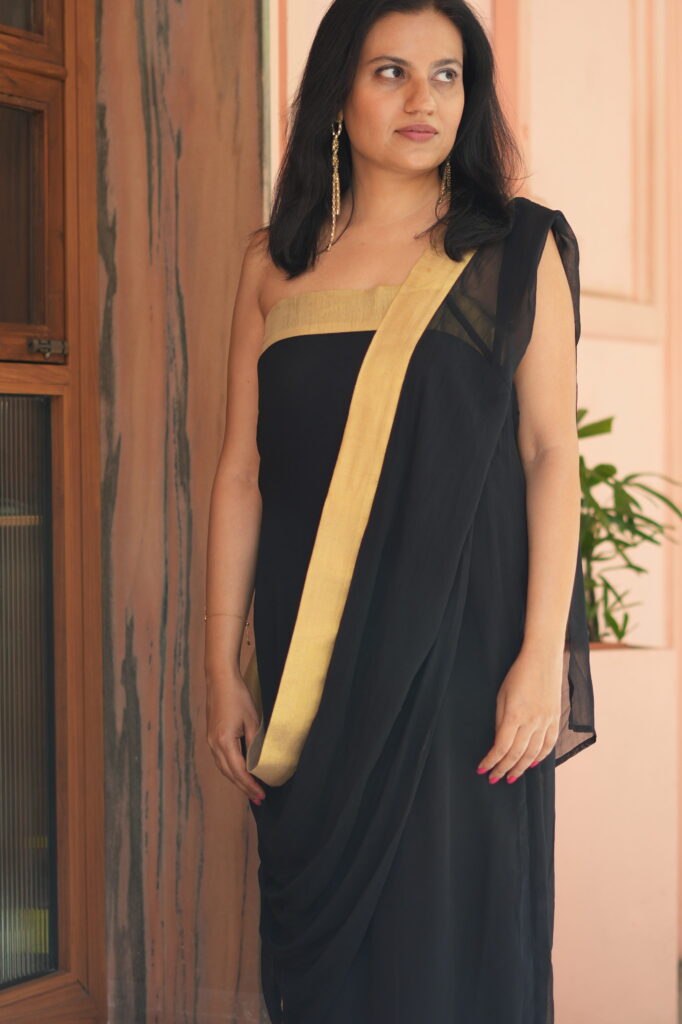
How subjective is the concept of beauty? Specially when we consider Indian beauty, There are so many factors that have traditionally shaped our views about beauty, namely the form-symmetry, proportion, colour, texture, conditioning and much more. Be it a painting or a person, we all have biases. Because, after all our perception of beauty exists solely in our mind.
After so many years, I realise that beauty to me is so much more, it is being comfortable in my own skin. It is health and vitality. It is kindness and compassion.
Beauty is more than an aesthetical concern. It is rather a holistic view of us, as summed up in Ayurveda, Roopam (outer beauty), Gunam (inner beauty) and Vayastyag (a beauty that lasts).
Unfortunately, the past few centuries have conditioned us to think to be beautiful one needs to fit a certain stereotype. An ideal which doesn’t exist in reality but in airbrushed images fed to us in books, art, magazines, television and the internet. It is pervasive in communities and across cultures. Plus, there is a question of gaze, which constrains what we find beautiful.
India is a country inhabited by several smaller countries with its own peoples, rituals, customs and points of view. To pigeon hole what defines beauty is a disservice to our immense diversity. Yet we do it. Consider our films and how characters are depicted. The hero with chocolate boy looks. The bahu in our soap operas. The up-to-no-good villain. All fit into a narrow descriptive mould.
But, we are resurrecting our point of view, looking inwards.
